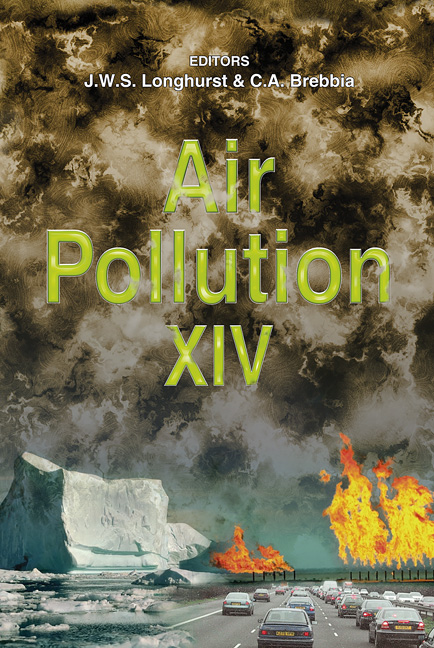Experimental Study Of Toluene Decomposition By Combination Of Barrier Discharge Plasma And UV Light
Price
Free (open access)
Transaction
Volume
86
Pages
10
Published
2006
Size
460 kb
Paper DOI
10.2495/AIR060401
Copyright
WIT Press
Author(s)
P. Robert, K. J. Sung, A. Chul, Y. Y. Soon & V. Demidyuk
Abstract
The combination of dielectric barrier discharge plasma (DBD) and ultraviolet irradiation (UV) on the decomposition of toluene was studied. The decomposition rate of toluene by combination of DBD and UV, as well as reaction products were studied in a 0.5 m3 stainless steel closed chamber. The synergetic effect was found in toluene decomposition by combination of DBD and UV. This parameter increases sharply in comparison to the decomposition rate of toluene by both DBD and UV separately. Ion cluster concentration was also increased whereas ozone accumulation concentration was dramatically decreased. An obtained phenomenon was discussed due to the difference of oxidation rates between ozone and hydroxyl radicals which are produced by the decomposition of ozone by UV light. Keywords: plasma, toluene decomposition, UV light, ozone, ion cluster. 1 Introduction Plasma air treatment is a subject of many investigations to use it for indoor air pollution control [1-4]. The main advantage of it is a decomposition of gaseous air pollutants at room temperature. The decomposition rate of air pollutants is mainly depended on a discharge voltage. The higher discharge voltage the higher decomposition rate. At the same time a decomposition rate of contaminants by plasma treatment accompanied to the formation of minor amount of harmful by-products such as
Keywords
plasma, toluene decomposition, UV light, ozone, ion cluster.





